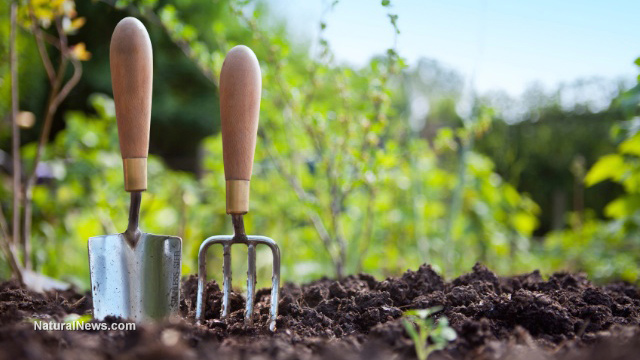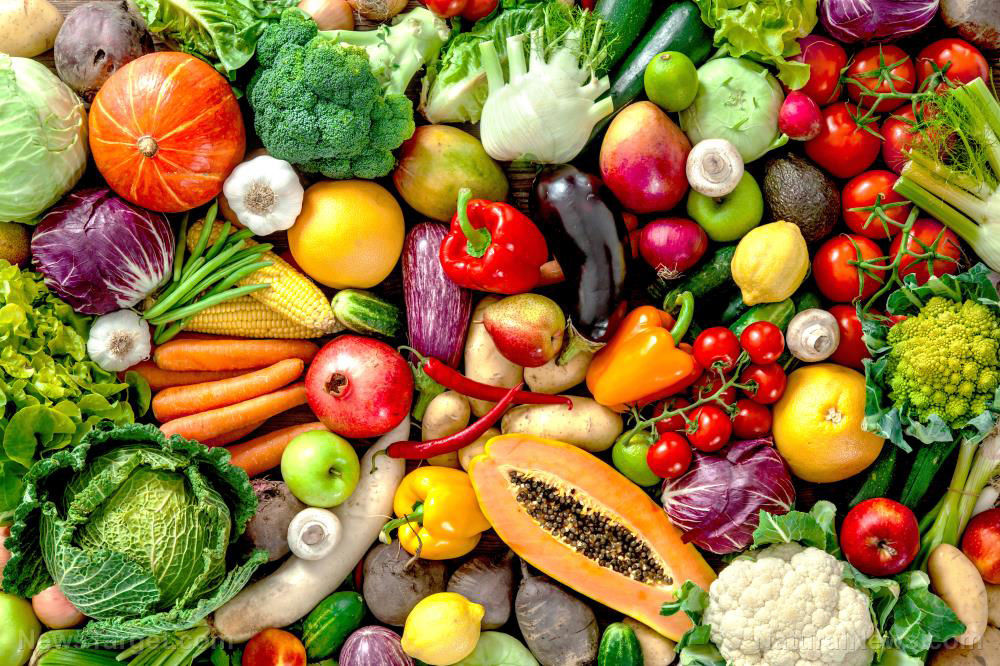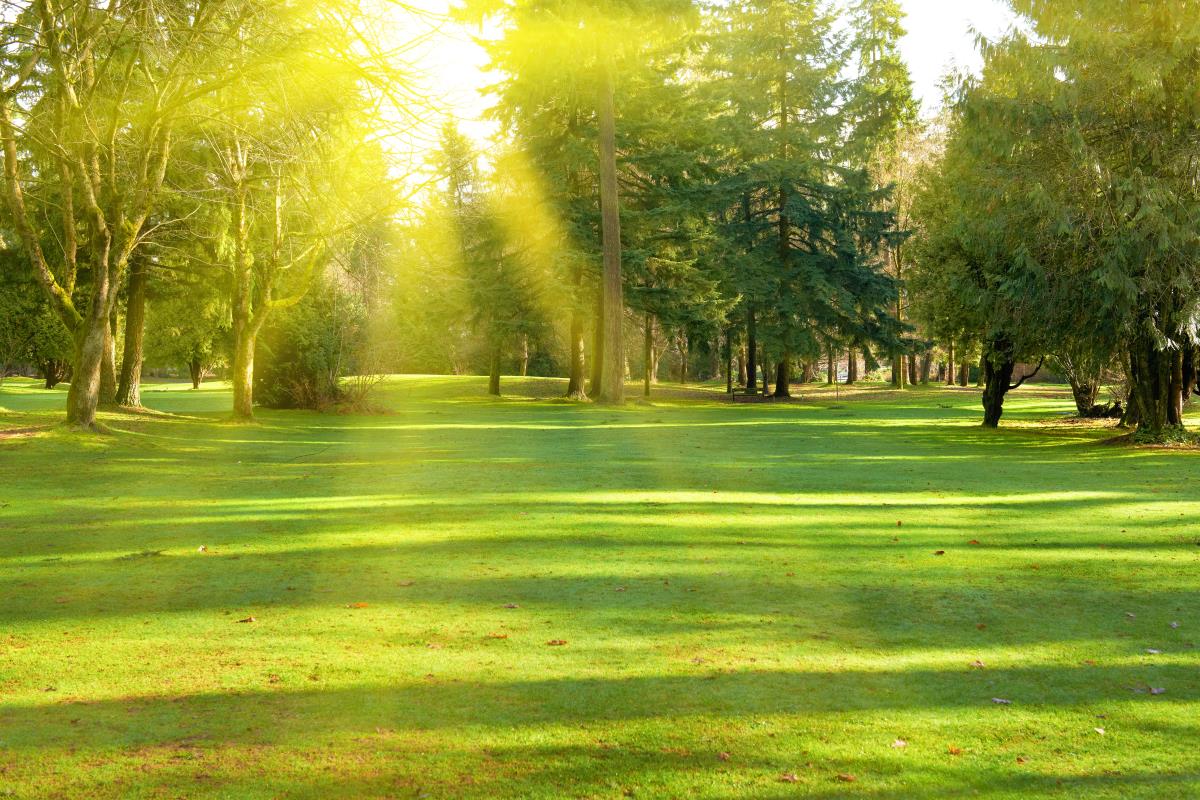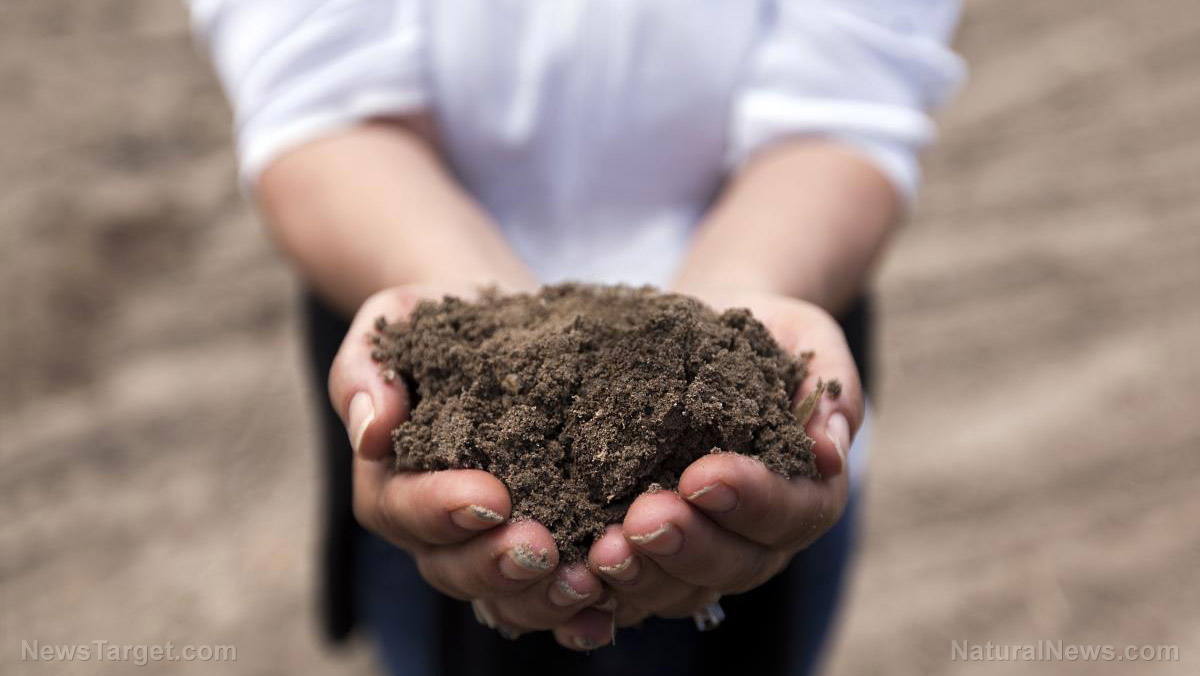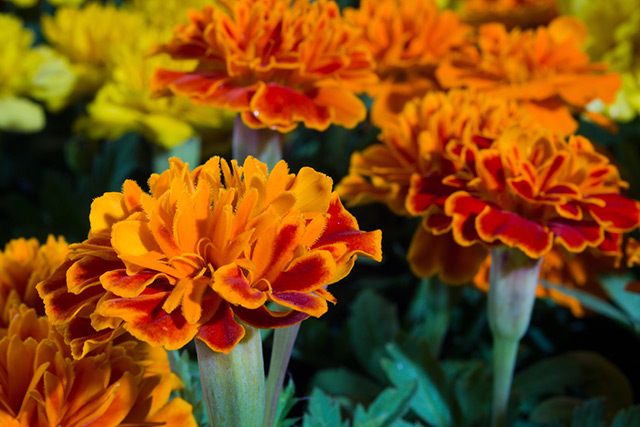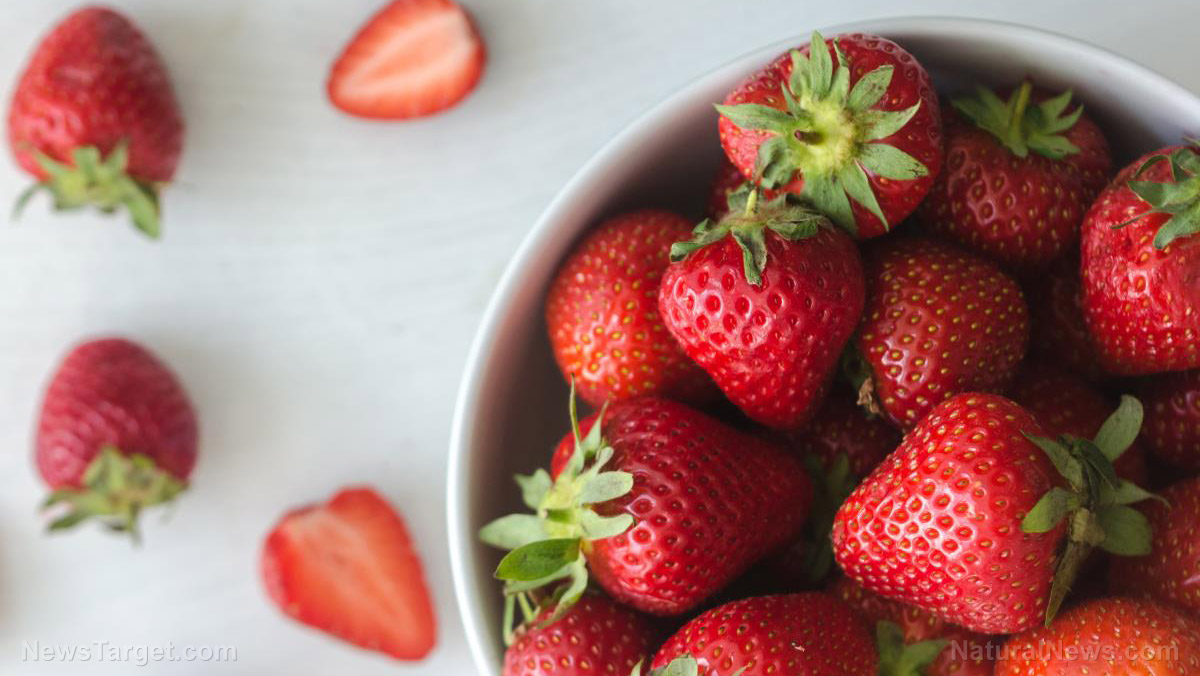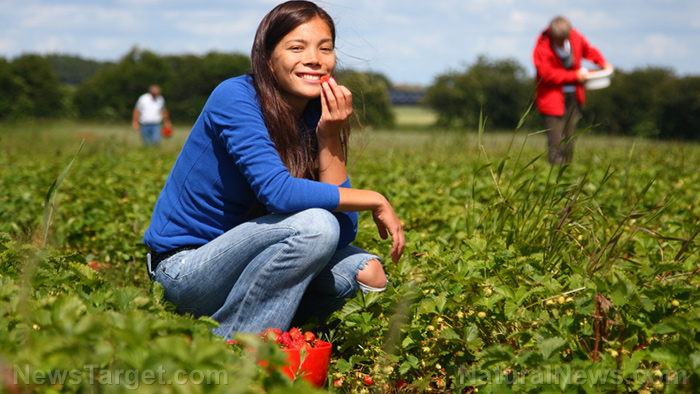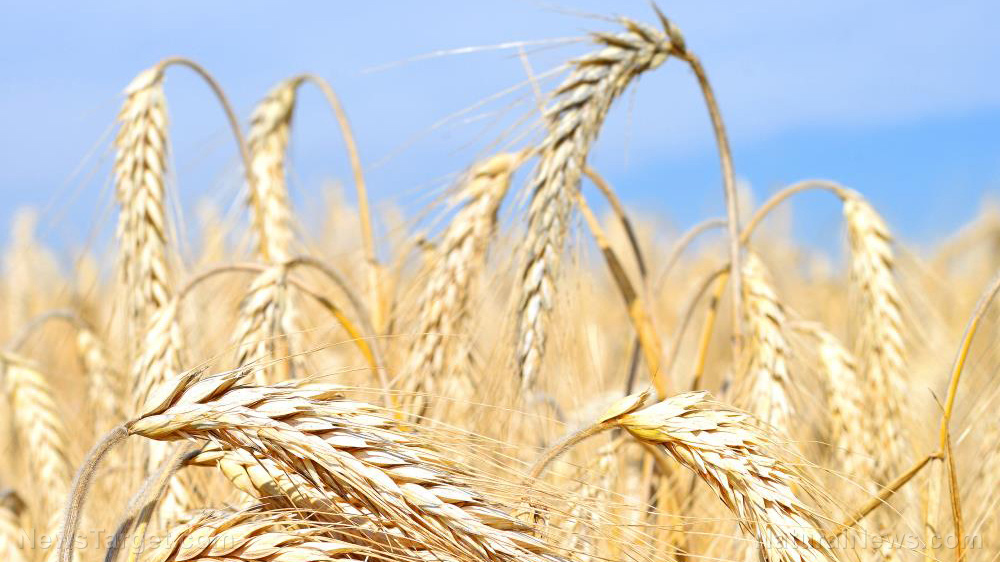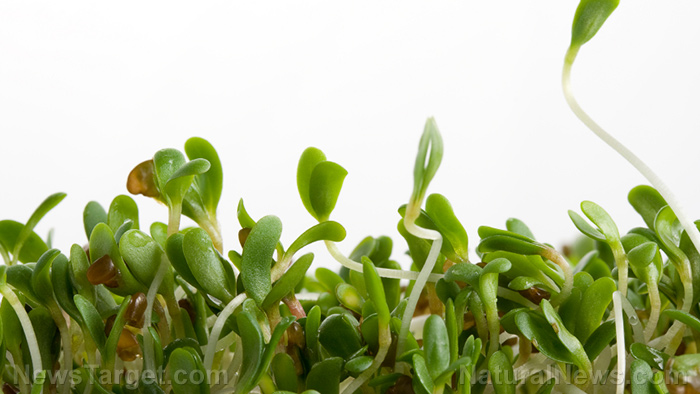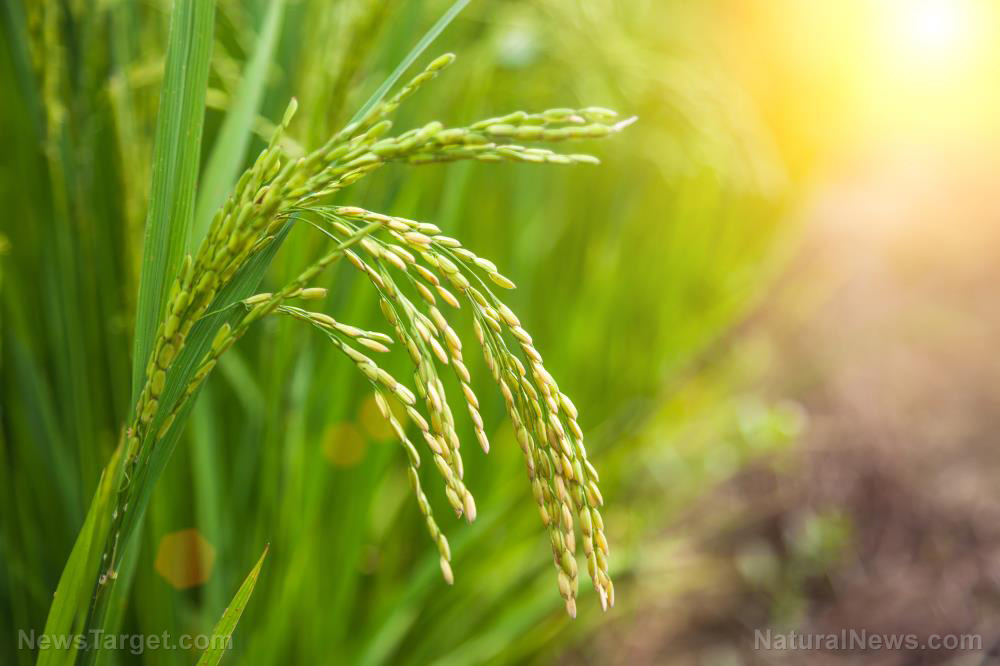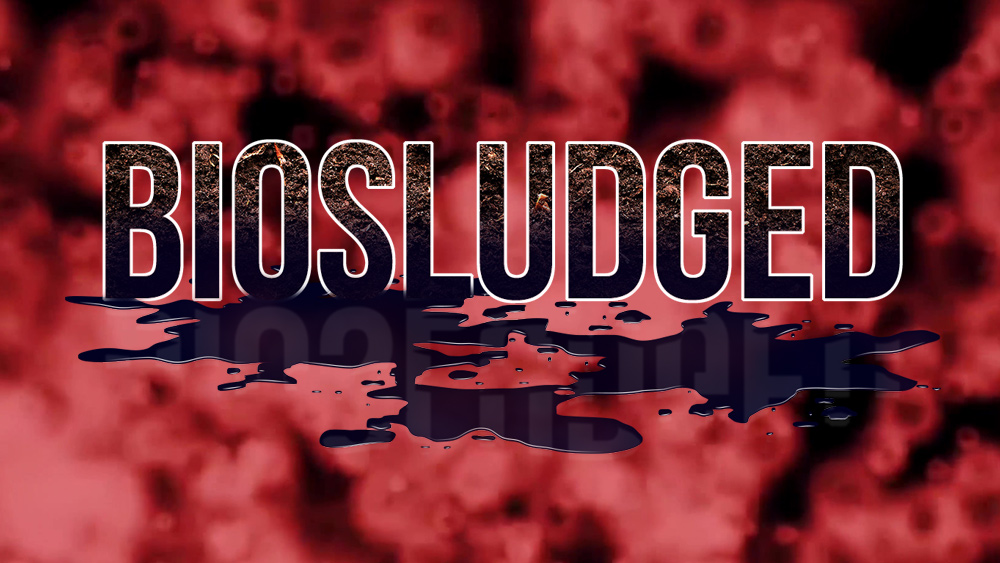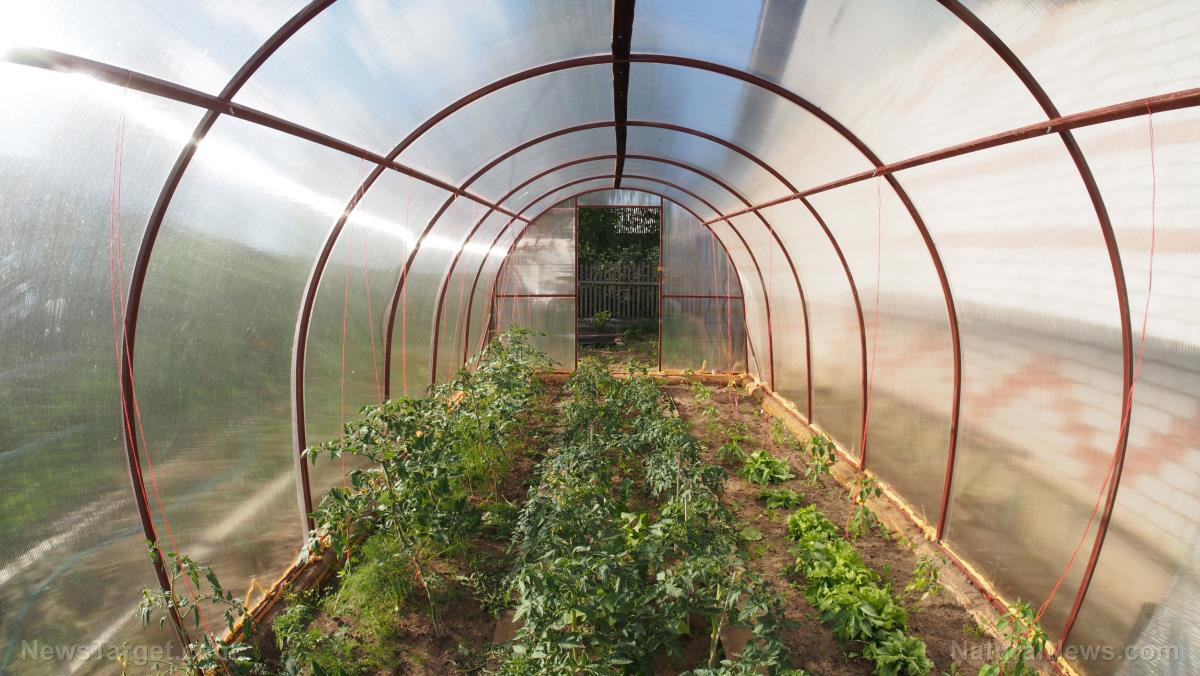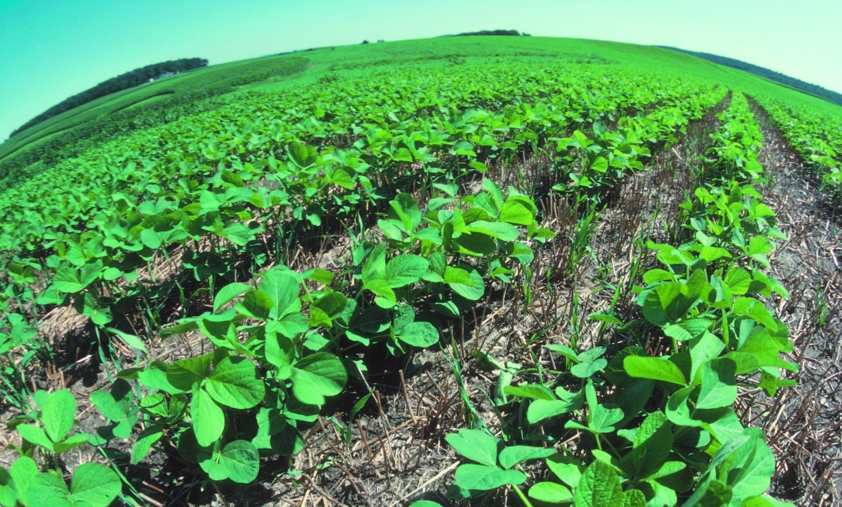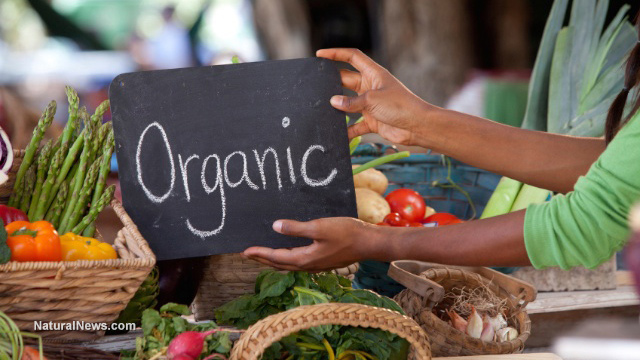Application of straw mulch increases potato yield
09/28/2018 / By Edsel Cook
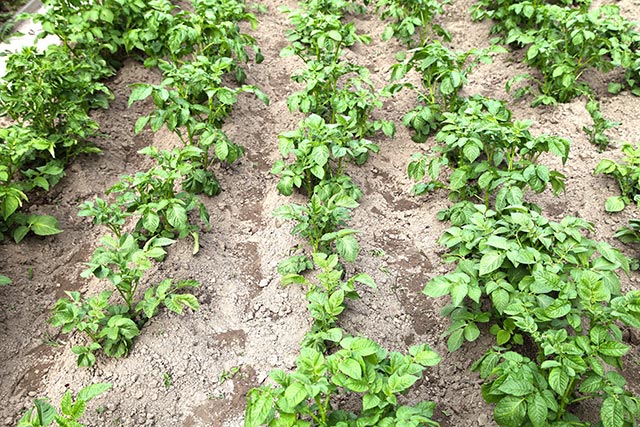
American researchers reported that adding straw mulch to the soil around emerging potatoes increases the size of the individual tubers and the yield of the crop for two different cultivars. They further added that the straw mulch managed broadleaf weeds better than mechanical means of removing the weeds.
The study was supported by the University of Wisconsin-Madison. Its results came out in the journal Biological Agriculture & Horticulture.
- Two cultivars of potatoes – the late-season Freedom Russet and the early-season Dark Red Norland – were cultivated through different organic means. One used mechanical weeding to remove weeds while the other added straw mulch once the shoots had emerged from the ground.
- Straw mulch application significantly increased the total and commercial A-size yields of Freedom Russet crops. The mulch also influenced the A-size tubers to grow larger.
- The Dark Red Norland cultivar also experienced increased yields. It appeared that straw mulch reduced the environmental stress on the early yield crop, which is more sensitive to disease and its surroundings than its slower-growing Freedom Russet counterpart.
- The mulch controlled some broadleaf weeds better than mechanical cultivation. The effect was most evident late in the season when weeds grew in the dormant plots that did not receive straw mulch. Grass weeds did not appear to be affected.
- Populations of potato leafhopper pests were lower in straw mulched plots than in mechanically-cultivated counterparts. Other pests, predatory insects, and viruses like the potato virus Y do not seem to be affected by the treatment.
The researchers believed that straw mulching can be used to naturally manage broadleaf weeds and improve the tuber yield of organic potatoes.
Visit Harvest.news for more articles on natural means of improving crop yield.
Journal Reference:
Genger RK, Rouse DI, Charkowski AO. STRAW MULCH INCREASES POTATO YIELD AND SUPPRESSES WEEDS IN AN ORGANIC PRODUCTION SYSTEM. Biological Agriculture & Horticulture. 12 September 2017;34(1):53–69. DOI: 10.1080/01448765.2017.1371077.
Tagged Under: agriculture, harvest, mulch, mulching, natural weed control, organic farming, organic mulch, potato cultivation, potato virus, potatoes, science, straw mulch, weeds


